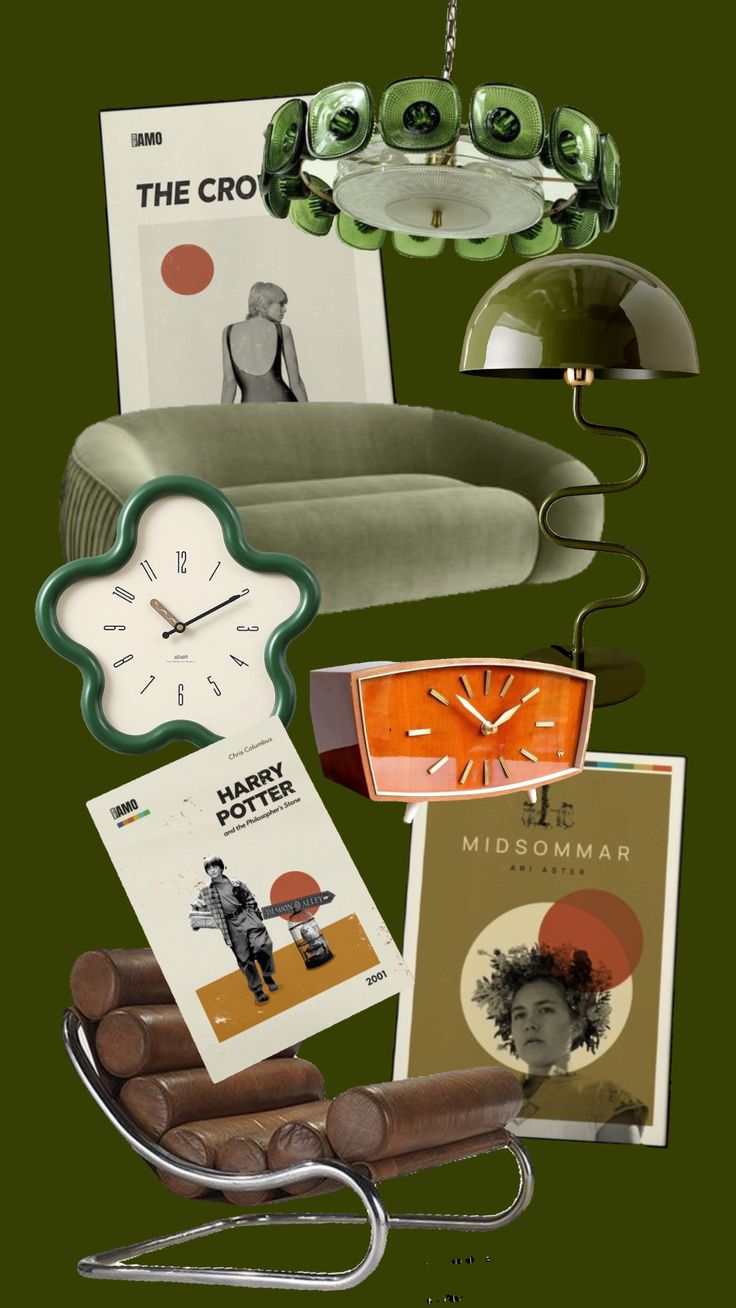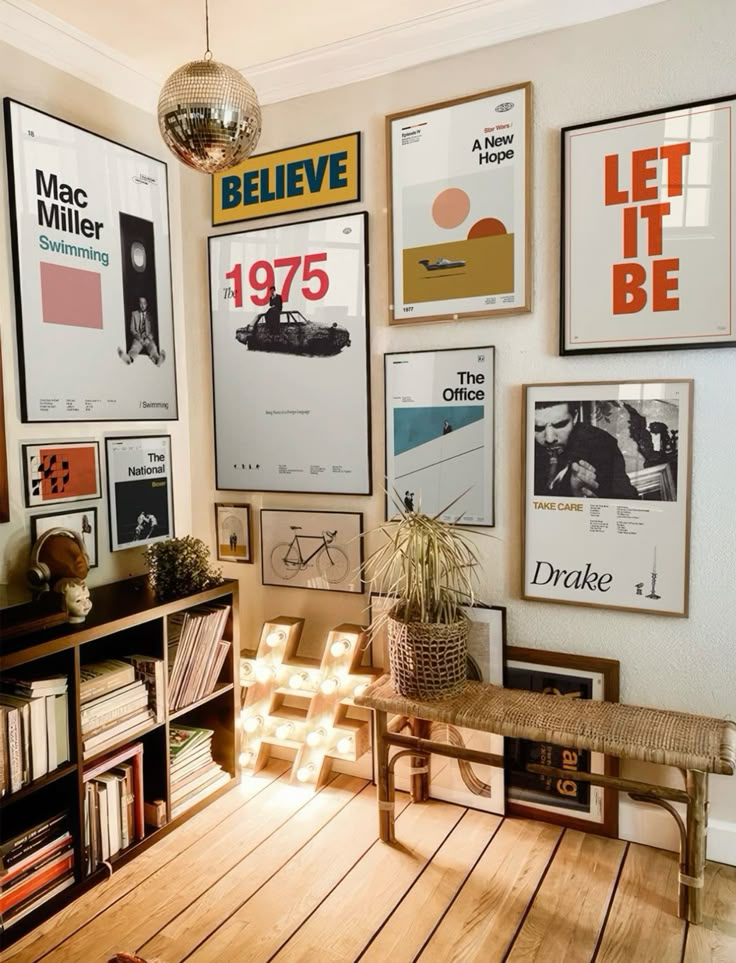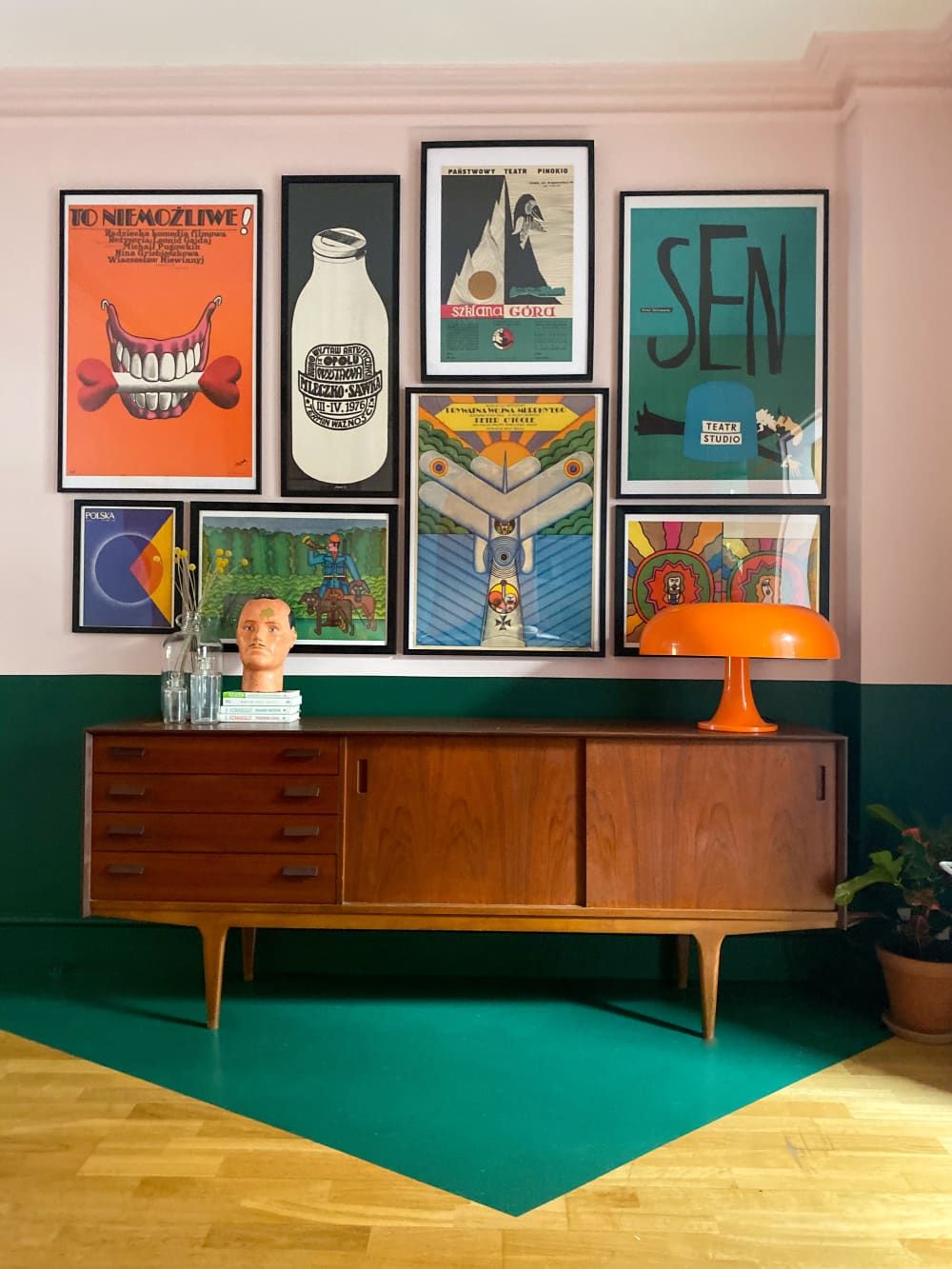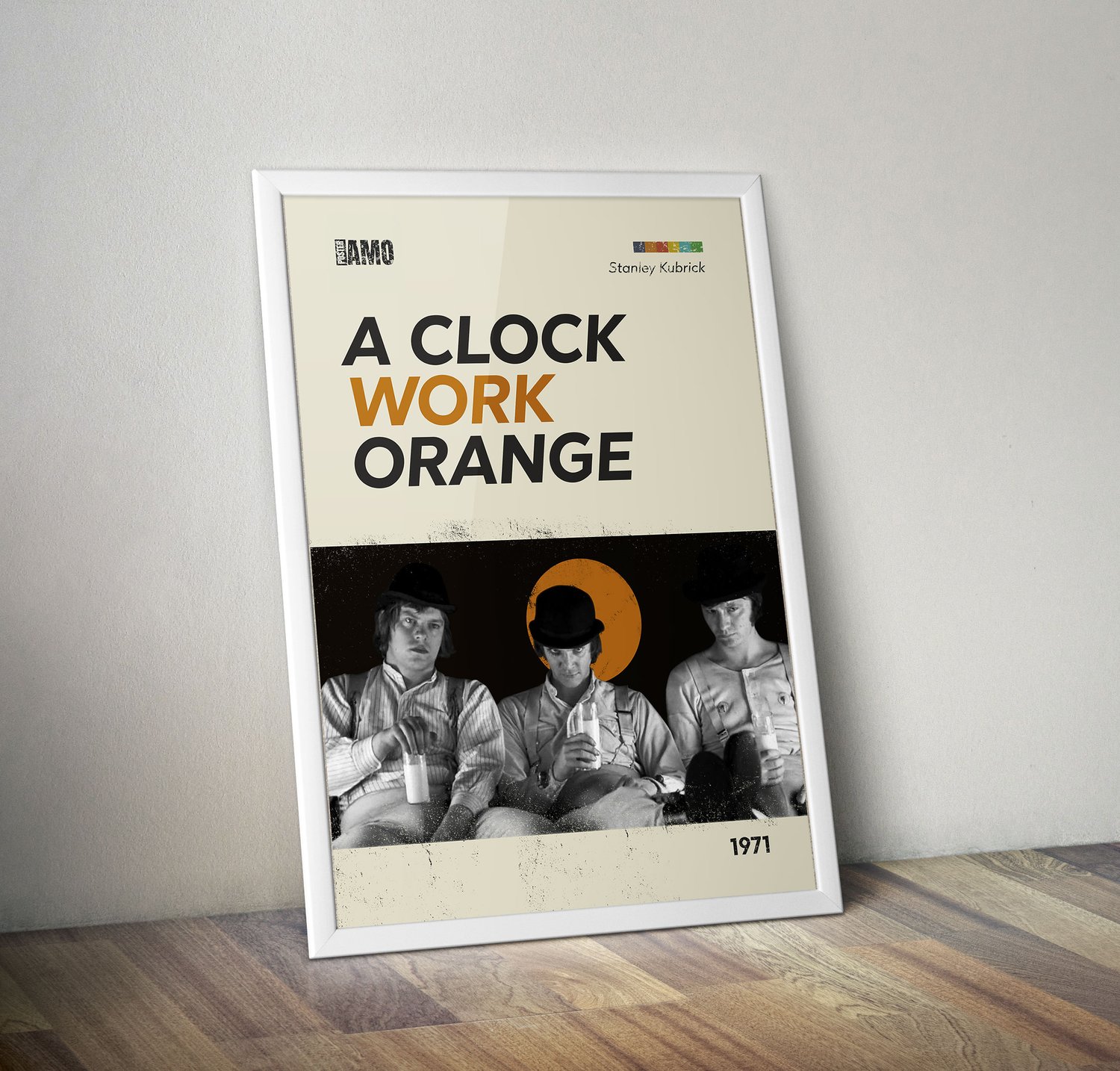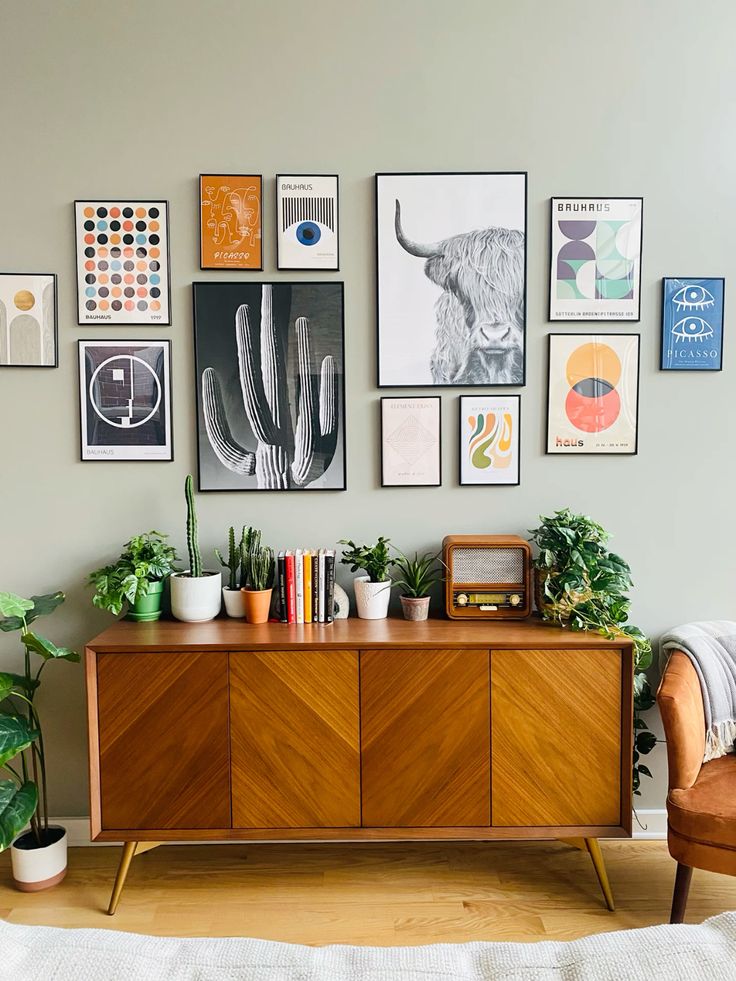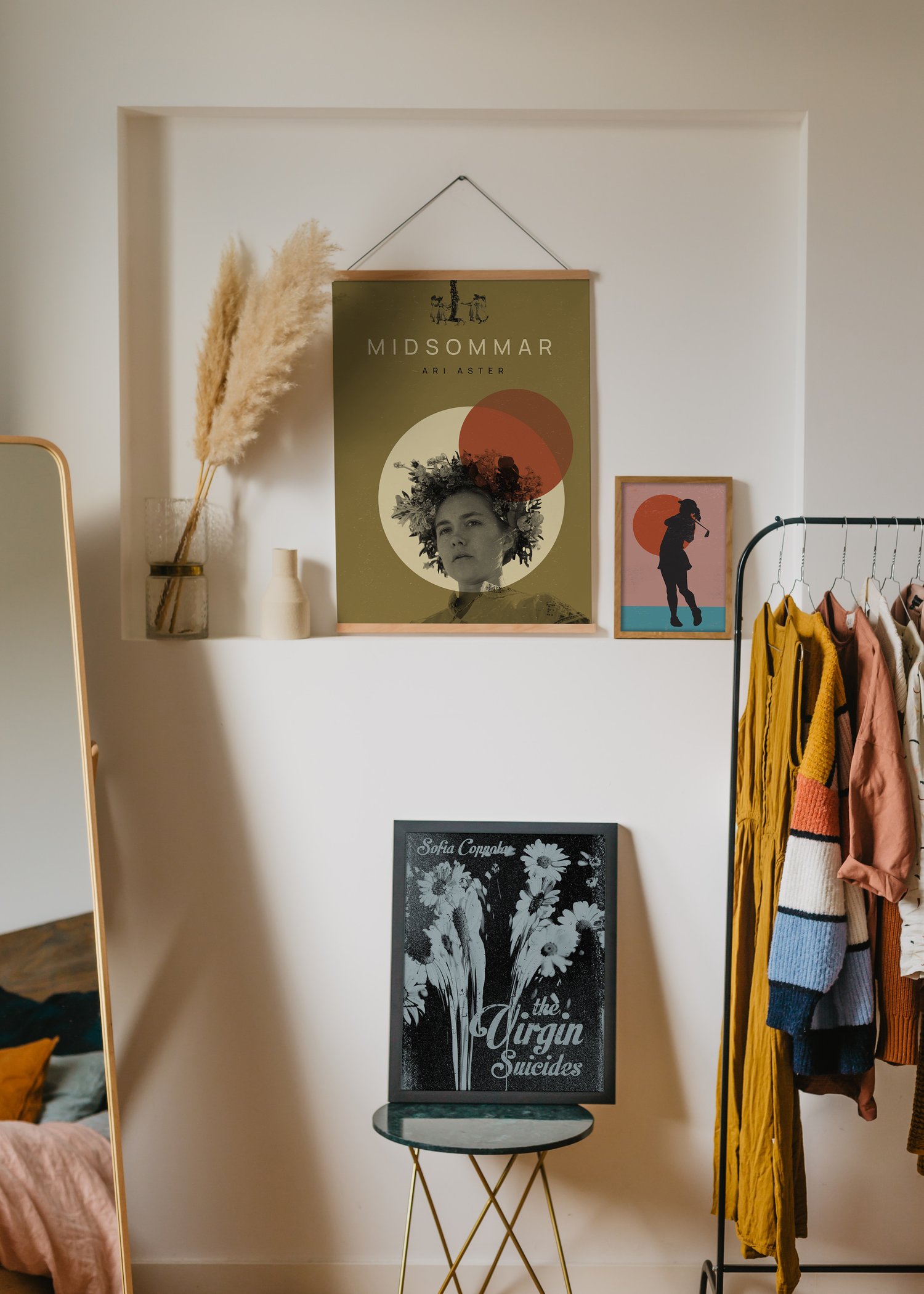
Midcentury Style
Midcentury Style — often called Midcentury Modern — refers to a design movement that emerged roughly between the mid-1940s and late-1960s. It’s beloved for its clean lines, functional forms, and seamless blend of natural and manmade materials. Here’s a breakdown of what defines the style across different areas:
Architecture
- Flat planes & geometric lines – Low-slung, horizontal profiles with strong geometry.
- Large windows – Brings in natural light and connects indoors with nature.
- Open floor plans – Encourages flow between rooms.
- Integration with surroundings – Often built to harmonize with the landscape (see: Eichler homes, Frank Lloyd Wright’s influence).


